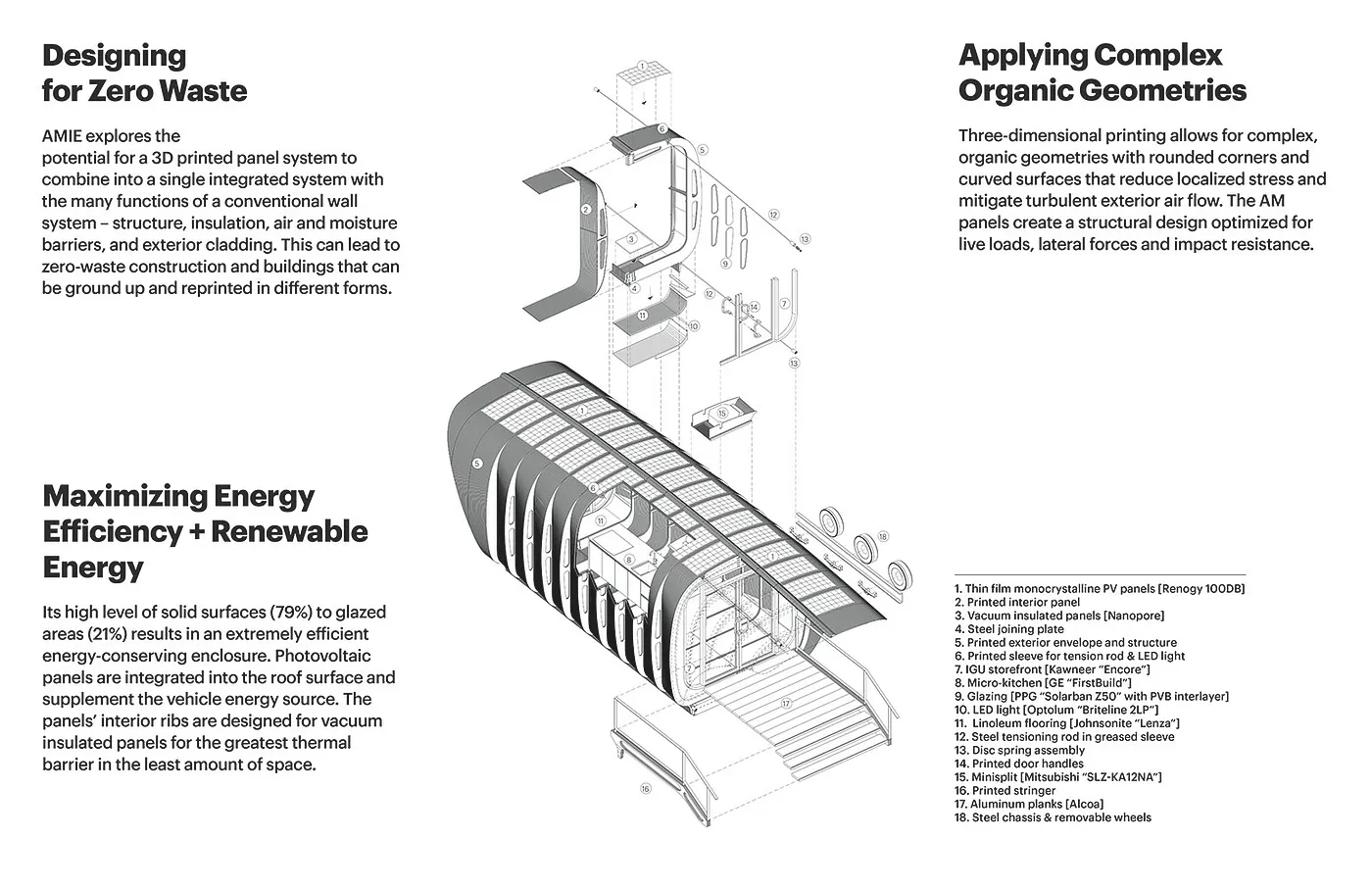In his “Order out of Chaos,” Ilya Prigogine who won the Nobel Prize in 1977 for his work on the thermodynamics of non-equilibrium systems, established the idea that all systems and their subsystems exist in constant flux, a condition in which an instance of amplified disruptive energy can shatter an established organization. This condition can be transformed at any moment when it becomes impossible to determine the direction of change and whether this sudden break will turn into disorder or a more differentiated higher order which Prigogine referred to as dissipative structures. This notion of spontaneous disorder and self-organizational systems has been applied to economics, biology, and technology as a way of understanding the complex processes of indeterminate change. Understanding the dynamics between economic growth, technological advancement and the non-growing finite ecosystems we exploit for material production is key to characterizing the reciprocities between contemporary systems. How each affects one another is a line of study that continues to be at the center of modeling methods we use to understand relationships between systems today. Using this kind of thinking, now there is evidence that economic growth and energy waste is something that technology can disrupt in a positive way. We are moving into an age of accelerated change and growth, internationally and in the U.S., which leads to studies on how economic indicators can give us a glimpse into how technology might play a role in the way we conceive of design and production.
There is an accelerated shift in architecture taking place today which is characterized by the infusion of evolving digital technologies and interdisciplinary knowledge. Information is the foundation on which this change takes place and its transformability is what enables us to communicate with other professional fields effectively. Architecture is known for its ability to absorb subjects and techniques occurring across disciplines. This encourages the infusion of methodologies from a wide range of specialized fields and is in large part responsible for much of the transformation that is occurring within the Architectural discourse and profession. The ensuing results indicate that there is a paradigm shift occurring which is made progressively possible through the discoveries in disciplinary exchange. The transfer of knowledge produces discoveries while simultaneously making it possible for the AEC industry to exploit novel solutions. Many of the effects that computer technologies and computational techniques are responsible for have already been demonstrated in the achievements of the 21st century. In highlighting how these leaps have taken place, the techniques and methods behind them can be understood, adopted, and advanced. Building on the evolutionary progress of pervasive technology and driving its potential effects on architecture and its discourse.
By 2030; global construction will increase by 85%, from $7.2 trillion today to $15.5 trillion worldwide. The US, China, and India will account for $4.5 trillion or 57% of this projected growth. A cumulative sum in construction reaching $212 trillion between now and 2030. The US construction market will be responsible for playing a pivotal role in this surge and is predicted to grow faster than China by an average of 5% annually. The leading studies show that this is stimulated primarily by the housing sector and the economic upturn beginning to ascend along with the pulse of the market. The result, as is starting to be recognized by the building industry, is that much of this economic growth will depend on manufacturing advancements and technological competitiveness. These drivers will be responsible for catalyzing transformation across the AEC industry moving into the next decade. We are in the midst of seeing the impacts that technology and its ubiquity will have towards new levels of productivity and innovation, but the challenge remains, that the industry as a whole is still primarily focused on preoccupations of dated models of design to production and common economic metrics. Perhaps the most critical distinction between conventional and emerging methodologies is that the established method focuses more on utilizing existing knowledge instead of acquiring new forms of knowledge as part of the process, leveraging new computing methods to optimize probabilities of improvement. Growth is imminent for the entire building industry, making it imperative that new forms of exchange between specialized areas rapidly evolve as we move into the next technological revolution. This work offers a lens for addressing the need for the major strategic implementation of technological advancements and computing methods that will drive the near future of technology’s role in building.
On a global scale, efficiency gain through increased digital integrations have significant potentials. In a report by PWC, a predicted efficiency gain of approximately 3.6% annually or nearly $420 billion globally for the industrial sector if digital technologies are infused into the heart of digital culture throughout industries. The AEC industry also has the potential to exploit these developments with the promise of major gains that aren’t being seen today. The United States will see nearly $2 trillion spent on construction every year from now until 2030. Out of this, 16% or nearly $120 billion per year will be lost due to material waste, design redundancies, lack of interoperability, disputes, and digital process inefficiencies. While economic waste is a significant indicator of the shortfalls associated with conventional approaches in the AEC industry, the effects of improving economic output through technology will translate into matters of even greater importance.2 These are issues directly related to the pursuit of design innovation and the empowerment of practitioners to be both creative and rigorous problem solvers. Solving problems of design and engineering requires an understanding of the dynamic behaviors of information exchange, materials, and processing systems. The problem-solving approach emerging in other fields promising to advance how we think through complex systems is that of computational design thinking. Now that technology and computing have pervaded all aspects of how we build our urban environments, embracing next-generation processes is even more critical. This line of thinking involves processing and formulating solutions for matters of concern through understanding system behaviors. Using abstraction, computation, thinking algorithmically, and understanding consequences across scales can significantly affect how problem-solving evolves in design.
In the US alone $120 billion annually will be lost due to material waste and process inefficiencies. In response to this, a profound transformation is now taking place in the AEC industry. With major companies rapidly adopting technologies in the hopes of offering better services and innovative solutions. Design and engineering firms worldwide are implementing new digital technologies into both the value and supply chain. The ecosystem of emerging digital technologies will gradually begin to revolutionize how we operate at each level of business and design models that rely on change. We must also point out that the adoption of new technologies alone will not solve the challenges of delivering innovative solutions, but the thinking which binds these cross-disciplinary developments can drive a higher understanding of how digital technology can help us steer our industry toward better results.
To make this transformation, companies across the AEC industry must rethink the use of digital technologies horizontally and vertically. Through both business operations and the value placed on architectural design. This deeply affects design thinking and the process of bringing ideas to production. Rethinking the role of technology in design, engineering and communication will enable how we transfer information from the creative stream of thought to the process of making. Our investments in digital technologies and integrations will also affect how we design larger and more global demands.

We have seen many breakthroughs in the AEC industry since the introduction of digital technologies into manufacturing processes in the 1960s. Adopting new methods for the exchange of information directly into the production process affected the tools we used to describe construction. Taking our ideas from analog to digital techniques became a leap in the design process. The relationship between descriptions of architecture and production were fundamentally changed. Going from 2D to 3D within the digital environment was a major shift for the industry, with manufacturing and construction having to adapt by implementing new ways of reading digital information. These adaptations have increased since then but even now face tremendous challenges. Inefficiencies in the integration of design methodologies within the production process continue to exist.
A major component of this challenge is the way in which we design and arrange the information. Since design information is essential to validating an idea through production and performance, looking at how it is produced and managed needs to be understood fundamentally. Information arranges and forms the material in ways that are underestimated. As designers, we have the ability to control the way we build information. Constructing information about our designs in a way that extends its intelligibility through the production process makes for more efficient workflows.
The topic of information and the way it structures material extends far beyond the scope of this investigation but is of vital importance. Acknowledging that there is a fundamental link between order, structure, and the way information is created enframes the challenges confronting our industry. In architecture, the relationship between information and material is more visible than in any other field, with buildings being the largest component of every major city.
Buildings not only make up the largest part of our cities but are also the largest consumers of resources globally. Buildings consume about 40% of global energy, 25% of global water, 40% of global resources, and they emit approximately 1/3 of C02 emissions worldwide. With the construction industry accounting for 6% of all U.S. industrial CO2 emissions or 80 million metric tons of CO2. An estimated 20% of the latter is due to inadequate production processes including material selection, manufacturing, distribution, construction, and design redundancies. All of which can be made increasingly effective by establishing an integrated approach to working with a higher level of understanding of the material, manufacturing, and digital processes of delivering information. In a research report on the US construction industry’s efficiency conducted by Stanford University Civil and Environmental Engineering Research, Professor Emeritus Paul Teicholz states, “If you can put the proper design content for prefabrication into the design from the beginning, you can achieve a very significant improvement.” This underscores the importance of thinking holistically through design and delivery mechanisms. Digital technologies offer us the tools necessary to lead how the AEC industry affects change.[/vc_column_text][/vc_column][/vc_row]



